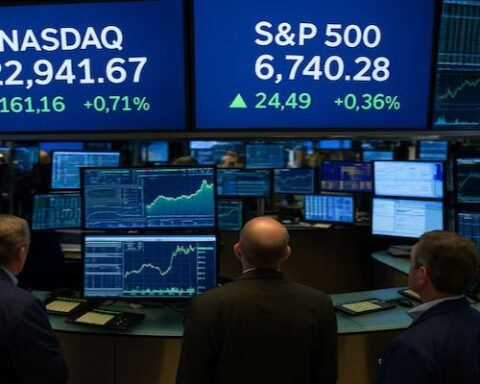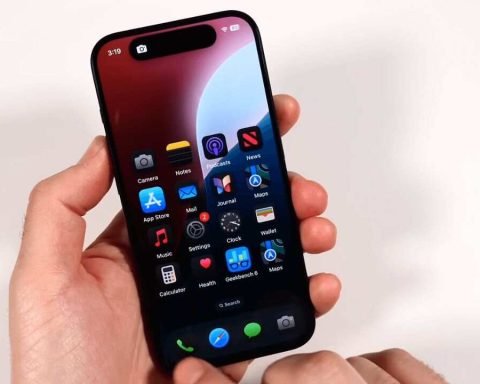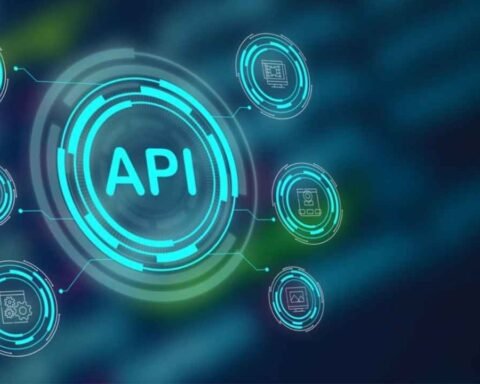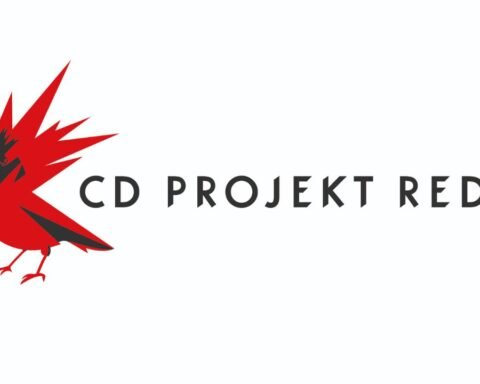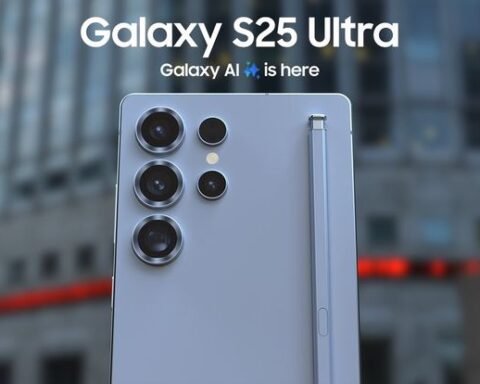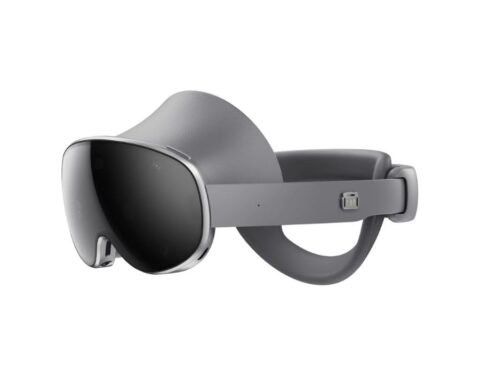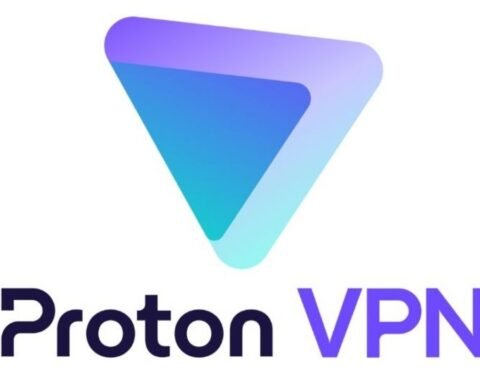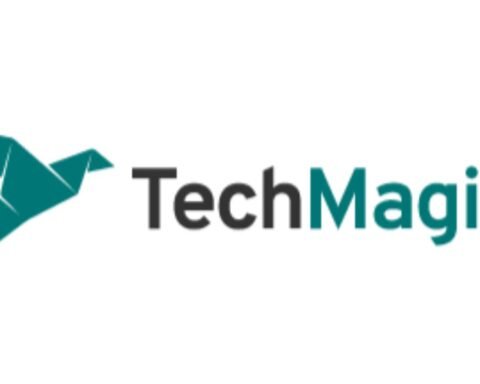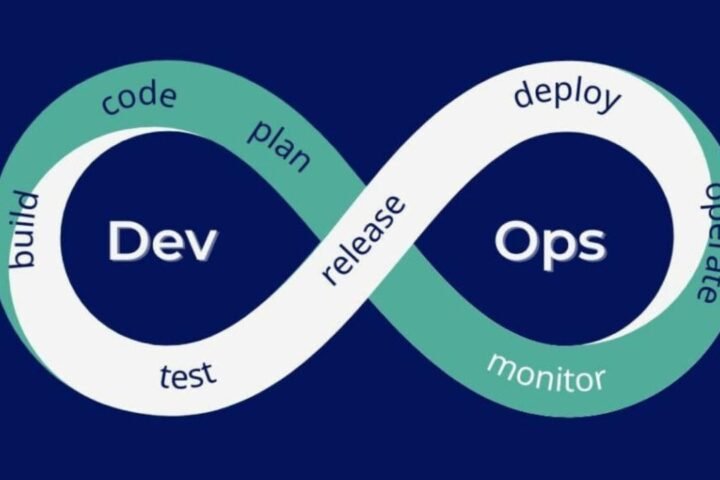AI has gone from being a science fiction idea to a part of everyday life, changing industries, societies, and what people can do. AI used to only be used in research labs, but now it runs smartphones, medical tests, and the world’s economies. Machine learning, neural networks, and more powerful computers are making this change happen faster than ever before. As we stand on the edge of this technological revolution, understanding where AI is headed shows us both exciting possibilities and serious problems. The future of AI isn’t a far-off dream; it’s happening right now, and we need to pay attention and change with it.
Changing the way healthcare works
AI is changing healthcare in big ways, saving lives by being fast and accurate. Machine learning algorithms look at huge sets of medical images and find cancers earlier than human radiologists do. For example, Google’s DeepMind has made systems that can find eye diseases in retinal scans with more than 94% accuracy, which is as good as expert ophthalmologists. Predictive analytics can help us predict disease outbreaks. For example, during the COVID-19 pandemic, AI models tracked the spread of the virus in real time.
AI makes personalized medicine possible in addition to diagnostics. Genomic sequencing and AI work together to make treatments more specific to each person’s genetic profile, which leads to better outcomes in cancer treatment. Robotic surgery systems, such as the da Vinci Surgical System with AI, can do complicated surgeries with little damage to the body, which speeds up recovery times. Chatbots on telemedicine platforms offer 24/7 initial consultations, filling in gaps in areas that don’t have enough services. According to McKinsey estimates, AI could add $150–$260 billion to the U.S. healthcare economy every year by 2030 by making better use of resources and lowering mistakes.
Changing how we learn and teach
AI-driven personalization is ready to change education. Adaptive learning platforms like Duolingo or Khan Academy’s AI features change the curriculum in real time based on how well each student is doing, making sure that no one falls behind. Virtual tutors give immediate feedback, making it easier for people in remote areas to get a good education.
AI also makes teachers more efficient. Automated grading systems take care of objective tests, which lets teachers spend more time mentoring students. AI-guided virtual reality (VR) simulations and other immersive technologies let students learn about history or do virtual science experiments. AI looks at research papers in higher education to suggest partnerships and find areas where breakthroughs might happen.
But equity is still a worry. AI can help fill in some gaps, but it could make others worse if not everyone has access to technology. India’s DIKSHA platform uses AI to reach millions, but there are still gaps in digital access around the world. In the future, there will be lifelong learning ecosystems where AI helps people choose career paths and learn new skills when their jobs are disrupted.
Changing the way we get around and move
Self-driving cars are a sign of a safer, more efficient way to get around. Tesla, Waymo, and Cruise are some of the companies that use AI to drive in complicated city settings. This cuts down on human error, which is responsible for more than 90% of accidents. Self-driving trucks are going to change the way logistics work by making them cheaper and faster.
Smart cities use AI to make traffic flow better. Predictive modeling helps systems in Singapore change signals, which can cut down on traffic by up to 15%. AI battery management helps electric vehicles (EVs) by increasing their range and lifespan. Ride-sharing algorithms, like those used by Uber, match riders in real time, which cuts down on empty miles.
The effects on society are huge: fewer deaths, less pollution, and more time for commuters. According to the World Economic Forum, self-driving cars could save 1.2 million lives every year around the world by 2040. But there are still big problems, like making moral choices after accidents and drivers losing their jobs, that need regulatory frameworks and retraining programs.
Increasing productivity and innovation in the economy
AI boosts economies by automating boring tasks and letting people be creative. AI sensors that power predictive maintenance in manufacturing stop machines from going down, saving billions. For precision farming, agriculture uses drones and AI analytics to boost yields by 20–30% while using less water and pesticides.
Financial services use AI to find fraud by looking at transactions in milliseconds and flagging anything that seems off. Algorithmic trading makes trades at the best speeds, but it does make the market more volatile. AI is seen as a partner in creative fields. For example, Adobe Sensei makes design prototypes, and music composition AIs help musicians.
According to PwC, AI could boost global GDP by 14% by 2030, which is equal to $15.7 trillion. Cloud-based AI tools that are easy to use give small businesses an edge over their competitors. AI speeds up drug discovery by simulating molecular interactions, cutting development times from years to months.
Governance and Ethical Issues
AI presents ethical challenges despite advancements. Bias in algorithms, which comes from training data that isn’t balanced, keeps discrimination going. For example, facial recognition systems make more mistakes when they try to identify minorities. AI erodes privacy when it uses personal information for surveillance or targeted ads.
The “black box” problem makes it hard to hold people accountable; in important areas like lending or criminal justice, decisions need to be clear, which is why we need explainable AI. Millions of people lose their jobs: Oxford University says that 47% of jobs in the U.S. are at risk. Deepfakes and AI-generated false information are bad for democracy, as shown by fake election content.
Governance is very important. The EU’s AI Act and other frameworks put systems into groups based on risk and require high-stakes applications to be open. Maybe a UN AI agency could help countries work together to set standards for ethics. Companies need to put fairness first and check their models carefully.
The Growth of Working Together Between Humans and AI
AI won’t replace people in the future; it will make them better. Cobots work with people in factories to do dangerous jobs. AI comes up with ideas in creative fields, and people make them better. For example, IBM’s Watson works on recipes or art.
Brain-computer interfaces, like Neuralink’s prototypes, could improve thinking by combining human intuition with AI processing. Augmented reality (AR) adds AI insights in real time for mechanics and surgeons.
This relationship leads to productivity that is beyond human. Schools will stress AI literacy and teach kids to work together instead of against each other. Ethical AI design makes sure that augmentation gives people more power instead of taking it away.
Good and bad effects on the environment
AI helps the environment, but it uses up resources. Algorithms that optimize data centers and grids use less energy. AI climate modeling gives better predictions of extreme weather, which helps policymakers.
AI helps the environment, but it also uses up resources. Algorithms that optimize data centers and grids use less energy. AI climate modeling gives more accurate predictions of extreme weather, which helps policymakers.
On the other hand, training big models like GPT-4 takes a lot of electricity, about the same as what thousands of homes use. Data centers are responsible for 2–3% of all emissions in the world. Green AI projects work on making algorithms more efficient and using computers that run on renewable energy to help with this.
Changes in society and culture over time
AI changes the way people interact with each other and with culture. Algorithms on social media sites choose what you see in your feeds, which can change your mind and make echo chambers. Virtual friends help people who are lonely, especially older people.
Art and entertainment change over time: AI-directed movies and computer-generated novels make us rethink what it means to be an author. Language translation helps people talk to each other all over the world by breaking down barriers.
If AI benefits go to tech giants, the risks of inequality grow. As automation takes over jobs, debates about universal basic income get more heated. Cultural norms regarding work, privacy, and creativity will undergo significant transformation.
Getting Ready for a Future with AI
To make the most of AI, we need to take proactive steps. AI skills should be taught in schools from a young age. Policymakers need rules that are flexible enough to allow for new ideas while still keeping people safe. Investing in reskilling programs, such as those in Singapore, gets workers ready.
Public involvement makes sure that a wide range of voices are heard in the development of AI. Open-source projects make it easier for everyone to get involved, which is a good thing because monopolies are bad.
It is everyone’s job to make sure that AI has a good future. By facing risks directly—through ethical guidelines, inclusive design, and sustainable practices—we can move toward a world where AI helps people thrive. The decisions we make today will shape the future for generations to come as we move through this time of great change. AI is not only changing the world; it is also changing what it means to be a smart person in an intelligent ecosystem.

